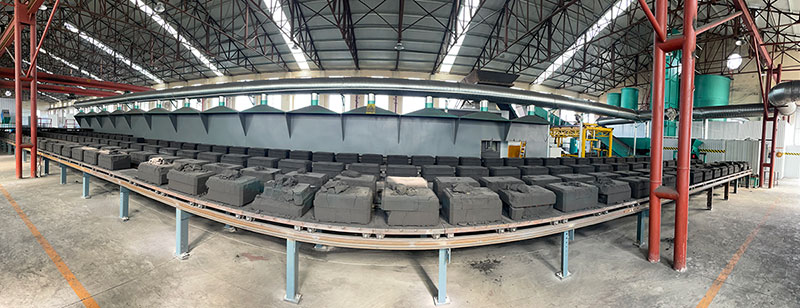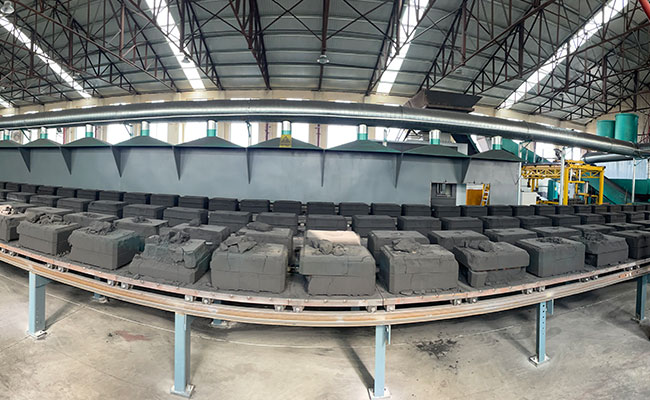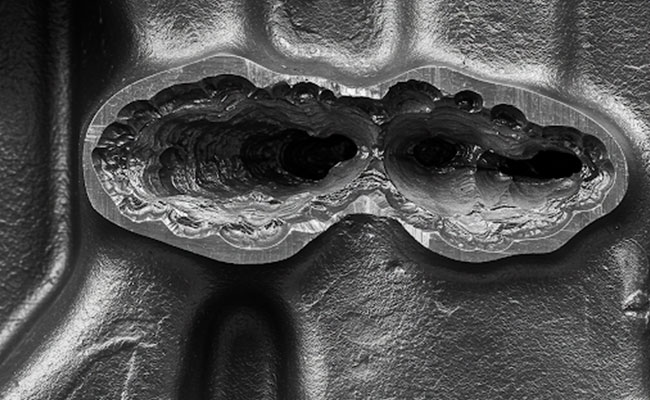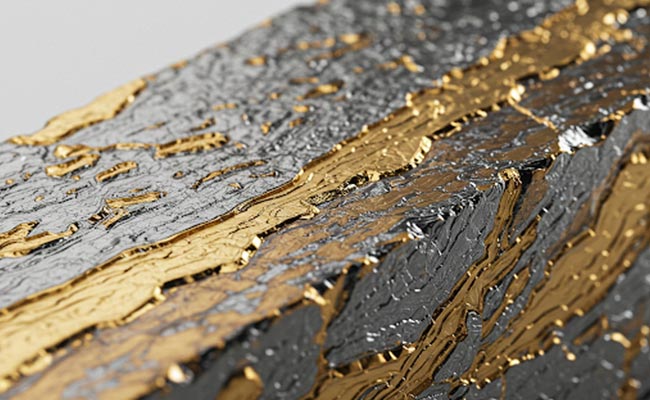
Maxwill 12th Team-building Game
2021-11-04
Chemical Composition of Casting Steel
2021-11-30
Heat treatment in a general way improves and alters the heat treating objects. The improvements are aimed in respect of mechanical Properties, machinability, homogeneity, relieving of stresses, hardening and others. The application of heat causes certain structural changes in the object responding to subsequent improvements in the properties.
The heat treatment of gray iron can only change the matrix structure, not the graphite morphology, so it is impossible to improve the mechanical properties of gray iron castings significantly. The heat treatment of gray cast iron is mainly used to eliminate the internal stress and white structure of castings, stabilize the size, improve the machinability, improve the surface hardness and wear resistance, etc.
Stress relief annealing
It is used to eliminate the casting stress caused by uneven cooling during solidification and prevent deformation and crack of castings. The process is to heat the casting to 500 ~ 600 ℃ for a period of time and then slowly cool it to below 150 ~ 200 ℃ with the furnace for air cooling. Sometimes the casting is placed in the natural environment for a long time to relax the internal stress of the casting. This method is called “natural aging.” This method can be used to eliminate the casting stress of large gray cast iron parts。
Graphitization annealing
To eliminate the white structure, reduce the hardness and improve the cutting performance. The method is to heat the casting to 850 ~ 900 ℃ for 2 ~ 5 hours, then slowly cool it to 400 ~ 500 ℃ with the furnace, and then discharge the furnace for air cooling to decompose the cementite to form graphite in the process of heat preservation and slow cooling.
Surface quenching
Improve surface hardness and prolong service life. For example, for the working surface of gray iron castings such as the guide rail surface of machine tool and the inner wall of cylinder liner of internal combustion engine, it is necessary to have high hardness and wear resistance. The method of surface quenching can be adopted. Standard methods include high (medium) frequency induction heating surface quenching and contact resistance heating surface quenching.




